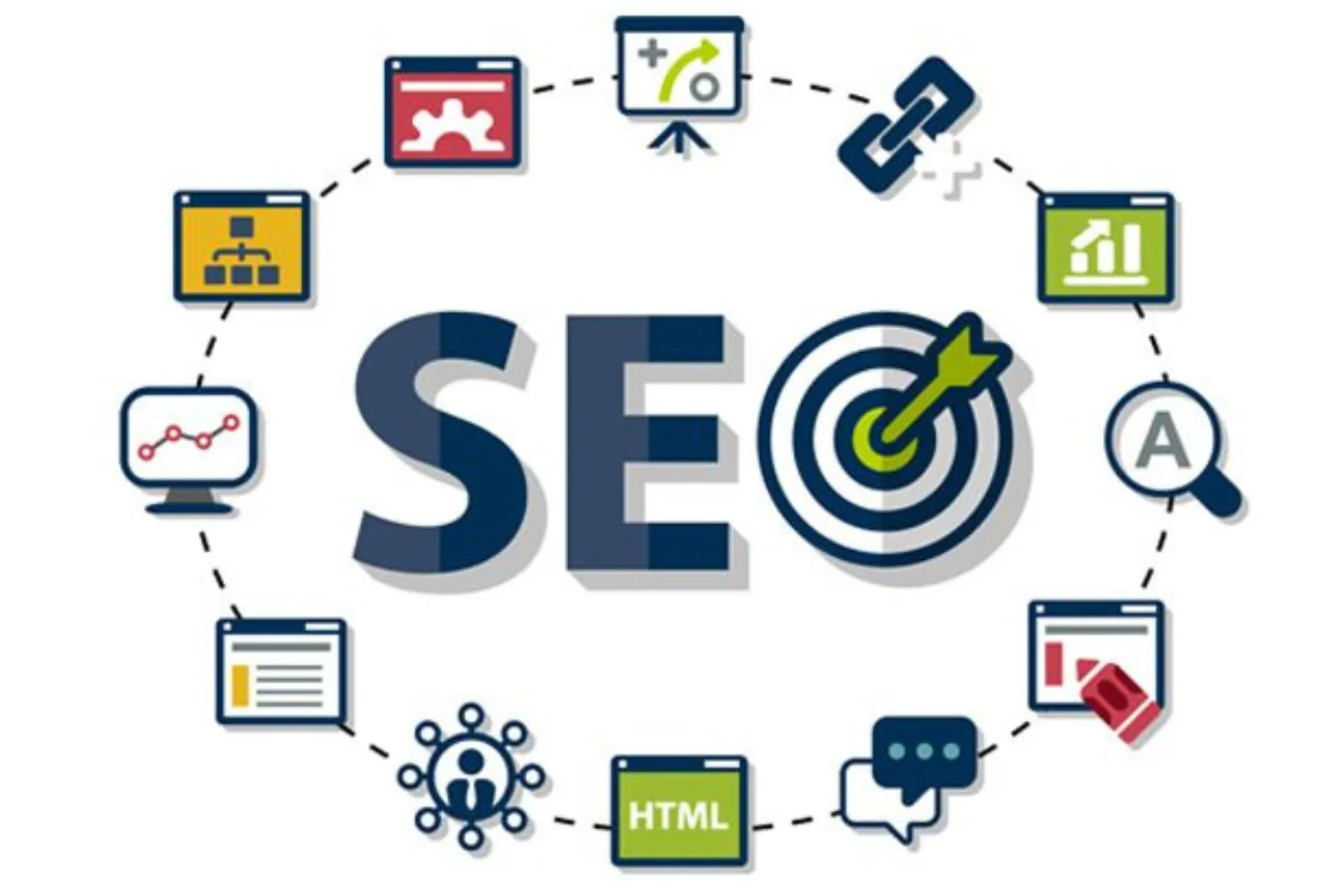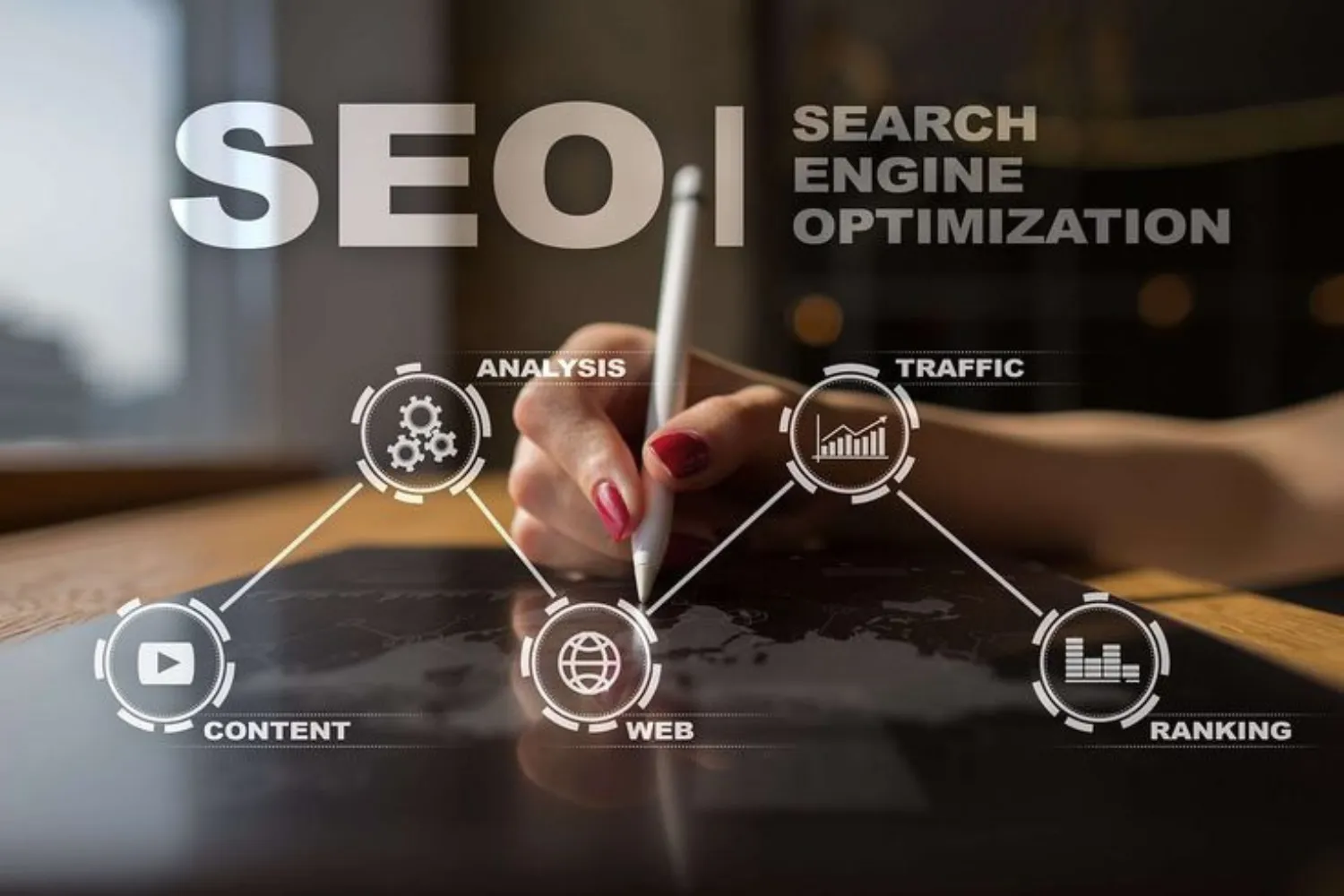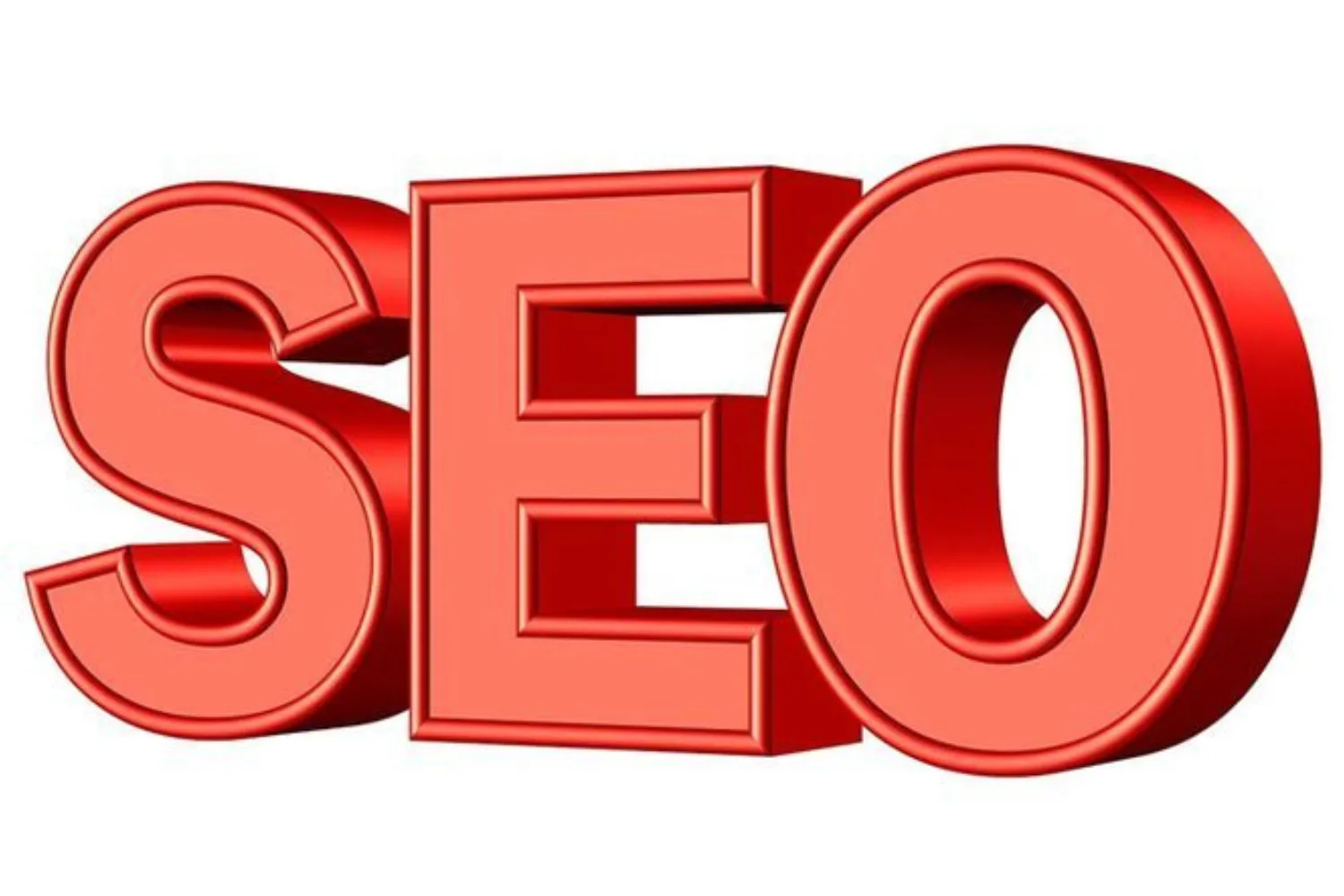In today’s competitive digital landscape, businesses need a robust marketing strategy to stand out online. Search engine optimization (SEO) has become an essential component of that strategy, enabling companies to increase visibility in search results pages (SERPs) and connect with their target audience at precisely the right time. Whether you’re managing a small startup or an established organization, understanding SEO marketing fundamentals can dramatically improve your online presence and drive qualified traffic to your website.
Understanding SEO: The Foundation of Digital Visibility
Search engine optimization refers to the process of optimizing your website to rank higher in organic search results on search engines like Google and Bing. Unlike paid advertising, where you buy visibility through pay-per-click (PPC) marketing on a cost-per-click (CPC) basis, SEO marketing focuses on earning traffic through natural, editorial results.
Rand Fiskin, co-founder of Moz, famously introduced Mozlow’s Hierarchy of SEO Needs—a concept that mirrors Maslow’s Hierarchy of Needs in the form of a pyramid. This framework illustrates how SEO marketing has evolved from simple concepts to complex strategies. The fundamental truth remains: SEO is a core skill that changes frequently in small ways and major ways, requiring businesses to stay informed and adapt their approach regularly.
Why SEO Matters for Business Growth
The difference between paid ads and organic search results is critical to understand. When someone searches for “best water bottle,” they’ll see paid sponsored posts at the top, marked as advertisements. Below those results, they’ll find natural search listings—the organic positions that SEO marketing targets. Because organic results appear without the “sponsored” label, users often perceive them as more trustworthy and credible.
This trust translates into tangible business outcomes. Higher positions in search results pages attract more clicks, more traffic, and ultimately more customers. Unlike paid advertising where you stop receiving visitors the moment you stop paying, organic traffic continues flowing as long as your content ranks well.
The Three Core Components of SEO Marketing Strategy
An effective SEO marketing strategy encompasses three distinct pillars, each playing a vital role in your overall search engine visibility. Understanding these core components allows businesses to take action regularly and master long-term practices.
Technical Optimization: Building Your Foundation
Technical optimization involves the behind-the-scenes process and activities designed to improve how search engines interact with your website. This is where many businesses struggle, yet it forms the crucial foundation for success.
A simple example illustrates this concept: your website’s sitemap helps Google’s web crawlers discover and record information about all your pages. Crawlers are automated processes that search engines use to find new pages and periodically check previously visited pages to see if they’ve changed or been updated. If your site architecture is complex or poorly structured, these crawlers may not find all your content.
Technical optimization also encompasses page speed, which significantly impacts both search rankings and user experience. A well-optimized site structure improves crawling efficiency, strengthens domain authority, and enhances credibility in the eyes of search engines. Taking time to maintain clean, organized technical elements has a direct impact on your digital marketing efforts and overall visibility strategy.
On-Page Optimization: Relevance and User Experience
On-page optimization ensures that each page on your website is relevant to your target keywords and provides a great user experience. This core skill involves specific activities and careful selection of HTML elements that help search rankings.
Content management systems like WordPress, Wix, Drupal, Joomla, Magento, and Shopify provide tools to optimize meta titles, descriptions, headers, and other tagged elements. These components indicate the level of quality and relevance of your content. When done well, on-page optimization creates a clean, navigable experience that helps both users and search engines understand your page’s purpose.
Keyword integration forms the basis of effective on-page optimization. Rather than arbitrarily adding keywords, strategic placement in headers, opening paragraphs, and throughout your content signals relevance to search engines while maintaining readability for human visitors.
Off-Page Optimization: Building Authority and Trust
Off-page optimization encompasses activities largely outside your website, driven primarily by high-quality backlinks and brand mentions. This pillar is all about building your reputation and establishing authority in your industry.
High-quality references from trustworthy websites signal to search engines that your content is valuable and credible. When authoritative sites link to your pages, they effectively “vote” for your credibility. These mentions and social engagements act as signals of relevance and help determine your reputation score. Appearing on reputable platforms and generating quality backlinks significantly increases your chances of ranking higher in search results.
Domain authority—a metric closely guarded by search engine algorithms—measures your overall trustworthiness. Websites with strong domain authority and a well-established presence across multiple channels stand out in crowded search landscapes. Building this authority takes time and focused effort, particularly when competing against well-established organizations with a high degree of online gravity.
Keyword Research: The Heart of Your SEO Strategy
Keywords form the subject and topic basis of every piece of content and every SEO marketing query. Keyword research and selection are closely tied to content production and represent a fundamental cornerstone of your efforts.
Selecting Keywords That Drive Results
Effective keyword selection requires assessing both popularity and competitiveness. From a frequency standpoint, you want terms that people actually search for. However, if a popular keyword is too competitive—particularly when competing against well-established organizations—it may be difficult to rank through the crowded landscape.
The good idea is to leverage tools that evaluate both keyword popularity and competition levels. Highly relevant keywords aligned with your products and services are unlikely to be effective if thousands of competitors target the same terms. This is where long-tail keywords and related terms with less competition become essential.
A vital strategy involves targeting keywords where your organization can realistically compete. Rather than pursuing the most popular keyword in your industry, consider focusing on related terms or specific variations that your target audience searches for with less competition in the ranking landscape.
Implementing Your SEO Strategy: Keys to Success
Building a strong SEO marketing strategy requires focusing on specific areas and committing to consistent effort over time. An effective approach combines relevant content creation with technical excellence and strategic link building.
Content That Attracts and Converts
Outstanding content remains imperative in today’s digital age. Your content must address the internet users’ needs within your industry, providing genuine value that helps solve problems or answer questions. When your content is authoritative and niche-specific, it attracts potential customers who are actively searching for solutions.
Take time to produce content that establishes your organization as a thought leader. This approach builds credibility, strengthens your domain authority, and creates natural link-building opportunities as other sites reference your authoritative content.
Building Domain Authority and Link Profile
Link building remains synonymous with off-page optimization and continues to be one of the five key ranking factors. Focus on acquiring backlinks from authoritative websites in your industry. These high-quality references act as trust signals and significantly impact your ability to rank for competitive keywords.
Local SEO Considerations
For businesses serving specific geographic areas, local search engine optimization entails optimizing your Google Business Profile, local citations, and location-specific content. This targeted approach helps you reach customers in your service area with greater visibility in local search results.
The Investment in SEO Marketing
SEO marketing requires an investment of time, resources, and often financial commitment, but the return on investment typically exceeds paid advertising channels over the long term. Unlike PPC marketing, where you must pay for each click, organic traffic continues flowing without ongoing advertising costs.
Consider taking online courses to build your skills or hiring experienced professionals to guide your strategy. These flexible learning opportunities help you understand best practices and prepare your organization to master SEO marketing for long-term success.
Conclusion: Your Roadmap to Higher Rankings
Search engine optimization represents one of the most effective ways to increase your website’s visibility and drive qualified traffic to your digital properties. By focusing on technical optimization, on-page relevance, and off-page authority building, you create a comprehensive strategy that search engines—and more importantly, your target audience—recognize and reward.
Start today with keyword research, audit your technical foundation, and begin creating authoritative content. The businesses that prioritize SEO marketing now will find themselves positioned at the top of search results pages, attracting the customers they need to grow and succeed in an increasingly competitive digital marketplace.







